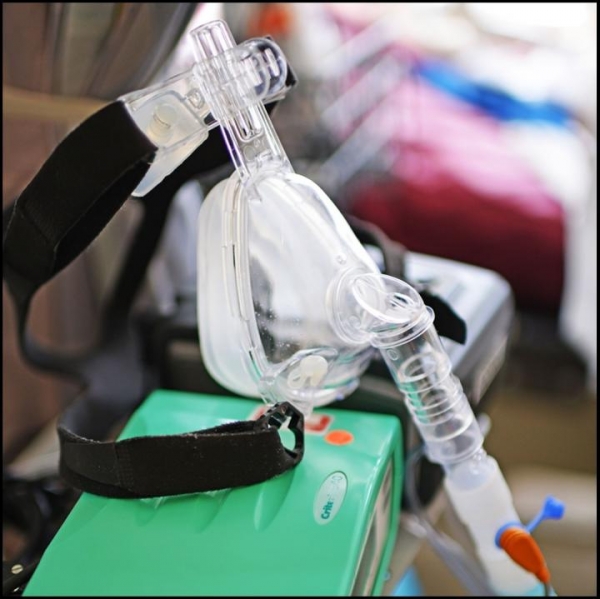Cancer in most forms is fairly common in today’s day and age, statistics of which are rather fear-inducing. Cervical cancer happens to have affected a vast majority of women around the world, with close to 250,000 casualties reported annually. Despite what the numbers say, cervical cancer happens to be one of the most preventable and curable cancers. The only reason why the deaths occur primarily is the fact that recommended checkups are not conducted by women that detect the anomaly.
 So what consists of this checkup? A simple, bi-annual procedure known as the Pap smearing test, the result of which determines if there is any abnormal cell activity in the cells of the body which may result in cervical cancer. In the event of abnormal test results, the worst case scenario needn’t always be taken into consideration, for only further diagnosis could tell if it is indeed cancer or some form of internal inflammation.
So what consists of this checkup? A simple, bi-annual procedure known as the Pap smearing test, the result of which determines if there is any abnormal cell activity in the cells of the body which may result in cervical cancer. In the event of abnormal test results, the worst case scenario needn’t always be taken into consideration, for only further diagnosis could tell if it is indeed cancer or some form of internal inflammation.
Who are the individuals that are recommended to conduct these tests? Pap test guidelines state that any and every woman, regardless of sexual orientation, that has engaged in any form of sexual activity take up the test. The age range has been stated from 18-70 years old and the tests are advised to be taken once every two years, regardless of how sexually active that person is. Globally, close to 57% women have refrained from taking such tests on a bi-annual basis, which is quite alarming.
There are barely any symptoms for individuals to find that they have cervical cancer, and the only way to determine is to perform this pap test. So what exactly does one go through upon undergoing this test? The individual undergoing the test faces no form of pain whatsoever and upon conducting the test in a professional manner, barely faces any form of discomfort. The swabs are then placed in a glass slide, which is kept under observation for a few days.
The result of the test usually arrives within a week or two. If the results are normal, the only thing needed by the individual to be done is revisit the test after a span of two years. If there are anomalies detected however, there is no reason to panic. Firstly, as mentioned earlier, not all detected anomalies mean that the individual suffers from cervical cancer. Cervical cancer, if detected is fairly curable itself. The practitioner will provide suitable steps to be taken which will subsequently lead to the cure of the disease.
The pap smear test can be conducted by centres like GynaecologyCentres Australiawhich are female-centric and are relatively inexpensive. Another form of Pap test that is commonly practiced in the UK is known as the Thin Pap test, which is conducted using technology called liquid-based cytology. It is best advised that women have a word with their general practitioners before advancing to any out of the ordinary procedures. Seeing that there is nothing too overwhelming in these tests, it is highly recommended that they become a norm, helping combating the battle of cervical cancer.
Gynaecology is all about providing the right care to women, including abortion services as seen at http://gcaus.com.au/contact-gca/sydney/.













